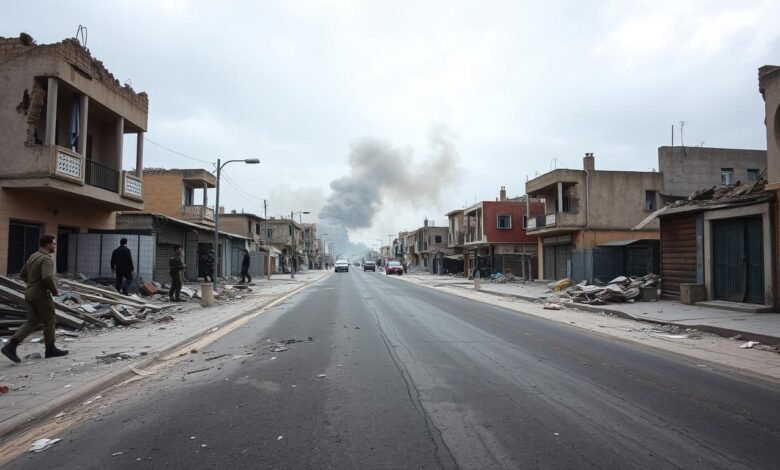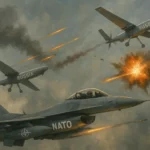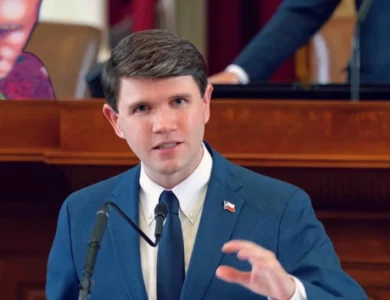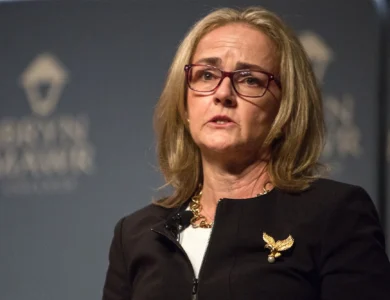
The ongoing conflict in the region is a complex issue, influenced by historical, political, and social factors. Understanding the dynamics of this conflict is crucial for grasping its implications on global politics and regional stability. The significance of the Gaza Strip extends beyond its geographical boundaries, affecting international relations and global security.
Key Takeaways
- The Gaza Strip is a critical region in the ongoing Middle East conflict.
- The conflict has significant implications for global politics and regional stability.
- Understanding the historical context is essential for grasping the complexity of the issue.
- The Gaza Strip’s geopolitical significance extends beyond its size.
- The conflict affects international relations and global security.
Historical Background of the Gaza Strip
Understanding the Gaza Strip requires delving into its rich and tumultuous history, which is deeply intertwined with the broader Israeli-Palestinian conflict. The Gaza Strip, a coastal territory on the Middle East map, has been a focal point of geopolitical tensions for decades.
Geographic and Demographic Overview
The Gaza Strip is a relatively small territory, covering approximately 365 square kilometers. It is bordered by Egypt to the south, Israel to the north and east, and the Mediterranean Sea to the west. As of recent estimates, the population is around 2 million people, making it one of the most densely populated areas in the world. The demographic makeup is predominantly Palestinian, with a significant portion being refugees or descendants of refugees from the 1948 Arab-Israeli conflict.
Origins of the Israeli-Palestinian Conflict
The Israeli-Palestinian conflict has its roots in the early 20th century, with the Zionist movement seeking to establish a Jewish homeland in Palestine, then under Ottoman rule. The 1948 declaration of Israel’s independence led to the displacement of hundreds of thousands of Palestinians, known as the Nakba or “catastrophe” in Arabic, resulting in a longstanding refugee crisis. The Gaza Strip became a key location for these refugees, setting the stage for decades of conflict.
Key Historical Events Shaping the Region
Several key historical events have shaped the Gaza Strip and the broader Israeli-Palestinian conflict. The 1967 Six-Day War saw Israel occupy the Gaza Strip, a situation that has continued to the present day, albeit with a brief period of Palestinian Authority control from 1994 to 2005. The rise of Hamas in the late 1990s and early 2000s, followed by their takeover of the Gaza Strip in 2007, marked a significant shift in the political landscape. Subsequent conflicts, including wars in 2008, 2012, and 2014, have had devastating humanitarian consequences.
The Gaza Strip: Current Political Landscape
The Gaza Strip is a focal point of the Israeli-Palestinian conflict, with its political landscape shaped by various internal and external factors. The region’s governance, political dynamics, and relations with other entities are complex and multifaceted.
Hamas Governance and Structure
Hamas has been the de facto governing authority in the Gaza Strip since 2007. Its governance structure is characterized by a mix of political and military wings, with a leadership that includes both internal and external figures. Hamas’s political strategy involves both participation in political processes and the use of military resistance against Israel.
Hamas’s governance has been marked by efforts to provide public services, maintain law and order, and manage the local economy, despite facing significant challenges due to the Israeli blockade and internal Palestinian divisions.
Palestinian Authority and Internal Politics
The Palestinian Authority (PA), based in the West Bank, has a complex relationship with Hamas. The PA’s governance is recognized by the international community as the legitimate representative of the Palestinian people, but its authority in Gaza has been challenged by Hamas. Internal Palestinian politics are characterized by divisions between Hamas and Fatah, the dominant party in the PA, affecting the prospects for Palestinian unity and reconciliation.
Israel’s Position and Policies
Israel’s policies towards the Gaza Strip are centered on security concerns, including the prevention of rocket attacks and the containment of Hamas. The Israeli government has maintained a blockade on Gaza since 2007, restricting the movement of goods and people. This blockade has significant humanitarian implications and is a major point of contention in the conflict.
Regional and International Influences
The Gaza Strip’s political landscape is also influenced by regional and international actors. Countries such as Egypt, Qatar, and Turkey have played roles in mediating conflicts and providing economic support. The international community, including the United States and European Union, has been involved in efforts to resolve the conflict, often through diplomatic initiatives and humanitarian aid.
| Actor | Role in Gaza Strip | Influence |
|---|---|---|
| Hamas | De facto governing authority | Significant control over Gaza’s internal affairs |
| Palestinian Authority | Recognized legitimate representative | Influence through political and economic means |
| Israel | Maintains blockade and security control | Significant impact on Gaza’s economy and security |
| Egypt | Mediator and provider of economic support | Influence through border control and mediation |
The interplay between these actors shapes the current political landscape of the Gaza Strip, influencing the prospects for conflict resolution and the humanitarian situation on the ground.
Humanitarian Crisis and Living Conditions
The humanitarian crisis in the Gaza Strip has reached alarming levels due to the ongoing conflict and economic blockade. The situation is dire, with far-reaching consequences for the civilian population.
Economic Blockade and Its Effects
The economic blockade imposed on the Gaza Strip has severely crippled its economy, leading to high levels of unemployment and poverty. The restrictions on the movement of goods and people have resulted in a significant decline in economic activity.

| Economic Indicator | Pre-Blockade | Post-Blockade |
|---|---|---|
| Unemployment Rate | 20% | 50% |
| Poverty Rate | 30% | 60% |
Access to Basic Resources
The blockade has also limited access to basic resources such as clean water, electricity, and food. The scarcity of these essential resources has further exacerbated the humanitarian crisis.
Healthcare and Education Challenges
The healthcare and education sectors in the Gaza Strip are facing significant challenges due to the lack of resources and infrastructure. Hospitals are often short of medical supplies, and schools lack adequate facilities.
Psychological Impact on Residents
The ongoing conflict and humanitarian crisis have taken a significant toll on the mental health of residents in the Gaza Strip. The trauma and stress experienced by the population have long-term psychological implications.
Major Escalations in the Conflict
The conflict in Gaza has seen several intense escalations, with far-reaching consequences for civilians and regional stability. These escalations have been characterized by significant military operations, resulting in substantial humanitarian concerns.
Significant Military Operations (2008-Present)
Since 2008, there have been several major military operations in the Gaza Strip, including Operation Cast Lead in 2008-2009, Operation Pillar of Defense in 2012, Operation Protective Edge in 2014, and more recent operations. These operations have involved extensive airstrikes, ground incursions, and naval blockades, significantly impacting the local population.
Key Military Operations:
- Operation Cast Lead (2008-2009)
- Operation Pillar of Defense (2012)
- Operation Protective Edge (2014)
- Operation Guardian of the Walls (2021)
Civilian Impact and Casualties
The civilian population in Gaza has borne the brunt of these military operations, with significant casualties and displacement. The dense population and limited infrastructure have exacerbated the humanitarian crisis.
“The devastating impact on civilians, including women and children, is a grave concern that necessitates immediate international attention and action.”
A detailed breakdown of civilian casualties during these operations is as follows:
| Operation | Civilian Casualties | Displacement |
|---|---|---|
| Operation Cast Lead | 1,400+ | 50,000+ |
| Operation Protective Edge | 2,200+ | 100,000+ |
| Operation Guardian of the Walls | 250+ | 20,000+ |
Media Coverage and International Responses
The media coverage of these escalations has played a crucial role in shaping international responses. Extensive reporting has highlighted the humanitarian crisis, prompting reactions from governments and international organizations.
The international community has responded with calls for ceasefires, humanitarian aid, and diplomatic efforts to resolve the conflict. However, a lasting resolution remains elusive, with ongoing tensions and periodic escalations.
Conclusion
The Gaza Strip conflict, a longstanding issue in the Middle East, continues to be a pressing concern. The history of the region, marked by territorial disputes and political tensions, has contributed to the ongoing strife. A lasting resolution to the conflict requires a comprehensive understanding of its historical context and the current situation on the ground.
Efforts to achieve peace in the Gaza Strip must address the humanitarian crisis and living conditions faced by its residents. The international community plays a crucial role in promoting dialogue and supporting initiatives aimed at resolving the conflict. A peaceful resolution would have a positive impact on the Middle East region as a whole.
The path forward is complex, but a thorough understanding of the gaza’s history and current dynamics is essential for developing effective solutions. By acknowledging the complexities and nuances of the issue, stakeholders can work towards a more stable and peaceful future for the region.
Read More: Jane Fonda’s 5 Powerful Secrets to Thriving After 80






